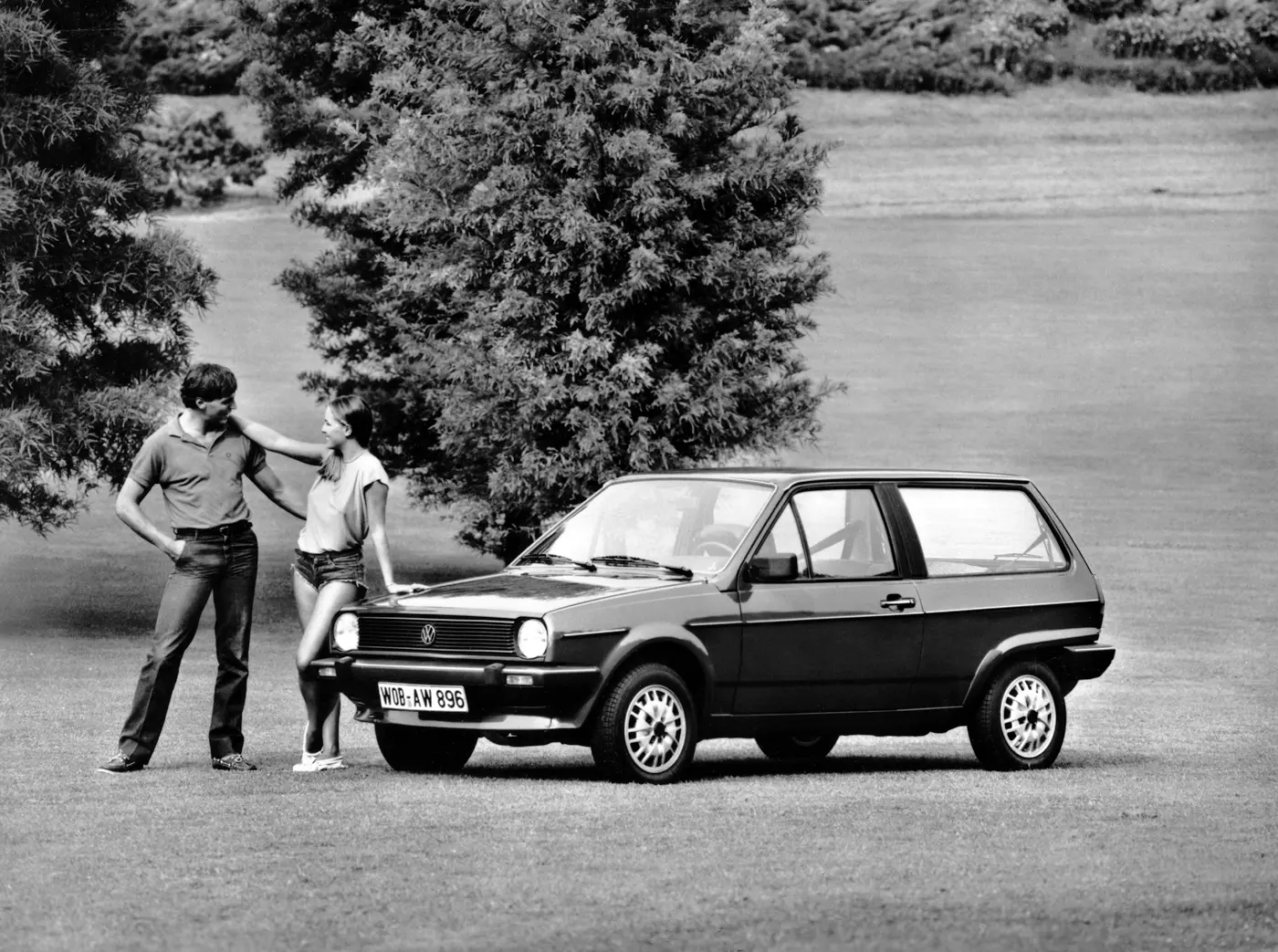FORTY YEARS OF THE VOLKSWAGEN POLO SERIES II
19 October 2021
October of 1981; cold, damp, and Dave Stewart with Barbara Gaskin with It’s My Party topping the charts. At least the motoring press offers relief from such gloom, with news of the latest Volkswagen Polo, a car unlikely to be mistaken for any rival.
Succeeding the original Polo would always present VW with a significant challenge, and the Series II was soon nicknamed ‘the breadvan’. This is because while it used the chassis of the older model while its lines seemed akin to a small estate. However, despite its faintly cuboid appearance, the latest Polo possessed an impressive 0.39 drag coefficient and allowed more rear-seat headroom than many of its contemporaries.

The Series II was initially available in three trim levels C, CL and GL, the former powered by a new 1,043cc unit. The more expensive versions featured the 1,093cc engine from the Series I. In the UK, the Polo competed against the market leaders of the Austin Mini Metro and the Ford Fiesta Mk. I. The potential buyer might have also considered the Fiat’s Panda or 127, the Peugeot 104, the Citroën Visa, the Talbot Samba, the Renault 5 or the Daihatsu Charade.
The formidable Car magazine evaluated the C in April 1982 opposite the Talbot and the Renault. They complained about its performance and economy but thought the Polo ‘a joy in other respects’. In 1983 the Hatchback, now commonly known as the ‘breadvan’ was augmented by a two-door saloon and the Coupe.
The latter was originally sold in one form, with the 1,093cc engine, and boasted a rev counter, a rear window spoiler, low profile tyres, wheel arch extensions and ‘sports’ wheel trims. For anyone who could not quite run to a Golf GTi, here was the ideal alternative. 1984 saw the more expensive models gain a 1272cc power plant, and Autocar regarded the Coupe as ‘a very pleasant car to drive, with neat and tidy handling’.
By the following year, VW offered the limited edition ‘Boulevard’, with a white paint finish, colour-keyed bumpers, and tinted glass – do any survive? In that same year, the Coupe was now available ‘S’ guise with auxiliary lights, and a ‘sports’ steering wheel. There was also a basic version with a specification akin to the C Hatchback for motorists with less sympathetic bank managers.
By 1986 the Polo II was VW’s most popular model in the UK. Motor tested the 1.3 GL and thought, “When something is right from the start, big changes are unlikely to make it better”. In that year, Volkswagen upgraded the 1,043cc and 1.72cc engines with a five-bearing and an automatic choke.
Production of the Series II ended in September 1990, with the introduction of the ‘Mark 2F’. Over the past nine years, the second generation Polo allowed motorists the chance to experience Audi 100 levels of quality for the price of a small car. And that is why it is so fondly remembered to this day.
Why choose Lancaster Insurance?
Here at Lancaster, we love classic cars as much as you do and we understand what it takes to protect them for future generations.
We have links with some of the top classic car clubs around the country and some of our policies even offer discounts of up to 25% for club members.
Other benefits of classic car insurance through Lancaster can include:
- Historic rally cover
- Static show cover
- Limited mileage discounts
- Choice of repairer
- 24-hour claims helpline
Give your classic the protection it deserves and get a insurance quote for your classic vehicle today.
